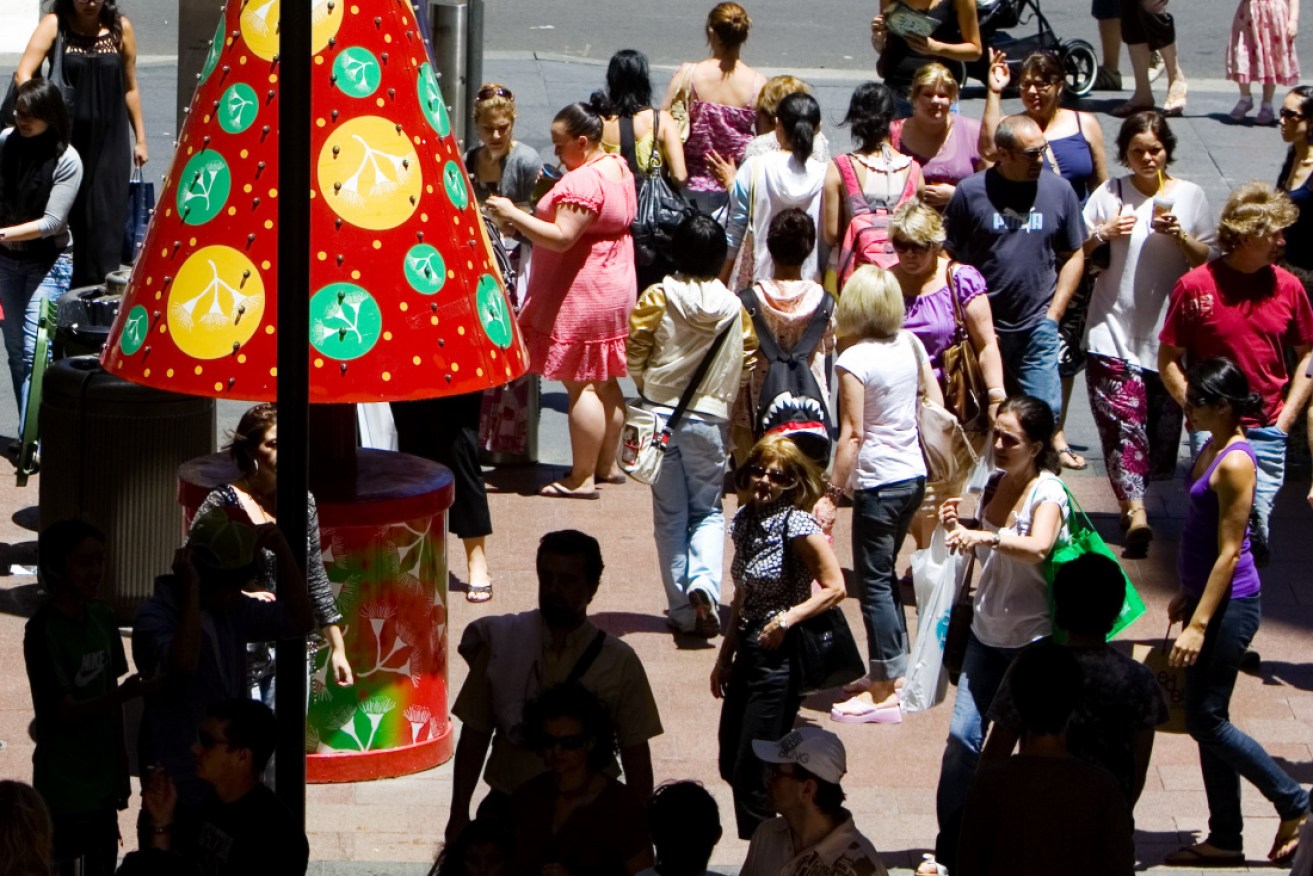Lockdowns saw 378,000 lost jobs: ABS


Small business activity remains weak despite the end of lockdowns and the booming Black Friday sales. Photo: AAP
Newly released figures are a reminder of the havoc the most recent COVID-19 lockdowns caused Australia’s labour market.
The Australian Bureau of Statistics data shows 378,000 employment positions were lost during the September quarter and at the height of the lockdowns in NSW, Victoria and the ACT.
Of these, 308,000 were considered to be main jobs, while 70,000 were secondary jobs.
Hours worked fell by 4.7 per cent over the September quarter and were 3.6 per cent below pre-pandemic levels.
“The decline in hours worked over the September quarter was the second-largest fall in the series, which goes back to the mid-1990s,” ABS head of labour statistics Bjorn Jarvis said.
However, data since has since suggested there is a marked rebound in the jobs market and the economy more broadly.
Following Tuesday’s Reserve Bank of Australia monthly board meeting, governor Philip Lowe said leading indicators are pointing to a strong recovery in the labour market.
“Job advertisements are at an historically high level and there are reports of firms finding it difficult to hire workers,” Dr Lowe said.
To counter a growing lack of skilled workers, the Australian Chamber of Commerce and Industry wants to encouraged older workers back into the workforce by increasing the threshold on the work bonus scheme.
Under the scheme, a pensioner can earn an average of $480 a fortnight — or $12,840 a year — before their payments are reduced, at an effective marginal tax rate of at least 50 per cent, ACCI says.
“There is an army of older workers, ready and willing to return to the workplace,” ACCI chief executive Andrew McKellar said.
“This is a simple step the Federal Government must take to grow our workforce, boost our productivity and drive our economic recovery.”
Meanwhile, business activity around Australia is proving weaker than had been hoped after COVID-19 restrictions were eased, with a spike in defaults and court actions reported.
Digital credit reporting agency CreditorWatch says there was a 53 per cent spike in the number of defaults reported in November, signalling the post-lockdown period isn’t entirely comfortable for small and medium-sized enterprises.
Court actions involving firms also surged 85 per cent in November, while the number of external administrations was up 15 per cent, the second consecutive monthly increase.
CreditorWatch CEO Patrick Coghlan said this jump, while a sign of things getting back to normal, is occurring quicker than had been expected.
“But this will continue after the Christmas break,” Mr Coghlan told a webinar on Wednesday.
He said it is unclear when the Australian Taxation Office and the banks will end the lenient stance with firms they took during the pandemic.
Trade credit insurer Atradius expects global insolvencies to increase by 33 per cent by the end of 2022 as government supports are phased out.
Italy is slated to have the highest level, followed by Australia and the UK.
Insolvency specialist Jirsch Sutherland says ‘zombie’ companies have been an issue around the world since governments introduced pandemic support packages.
“Without those ‘life buoys’, we’re expecting an increase in insolvencies as many zombies finally reach the end of the line,” its national managing partner Bradd Morelli says.
– AAP








